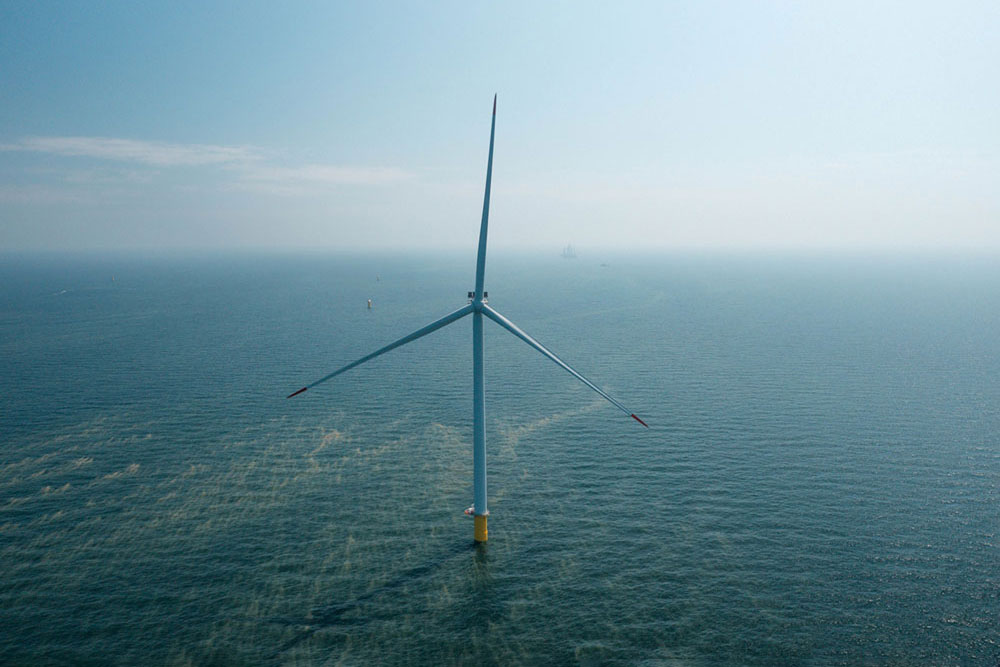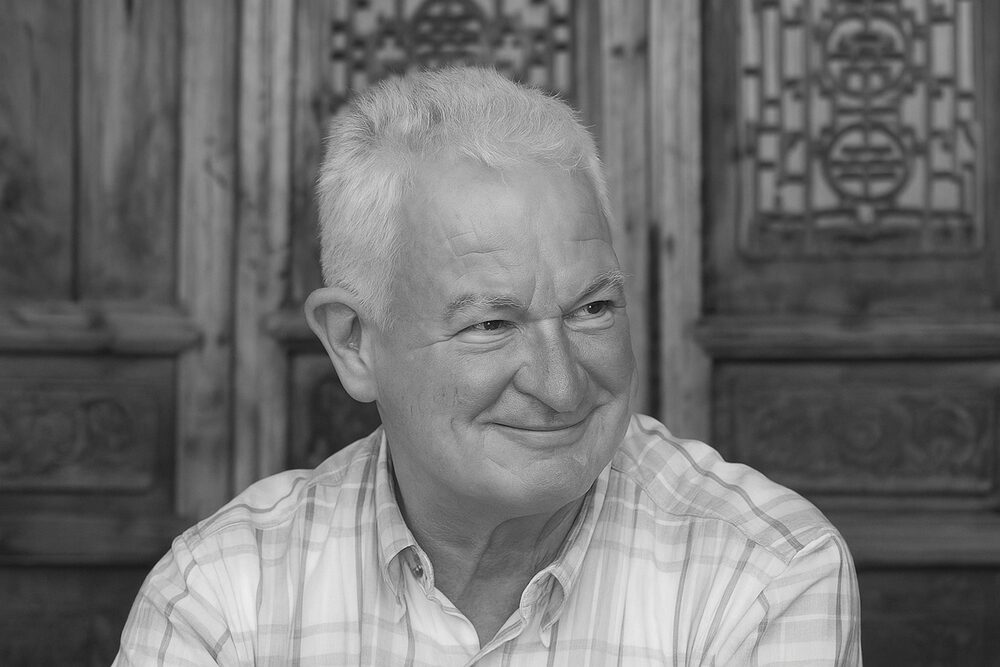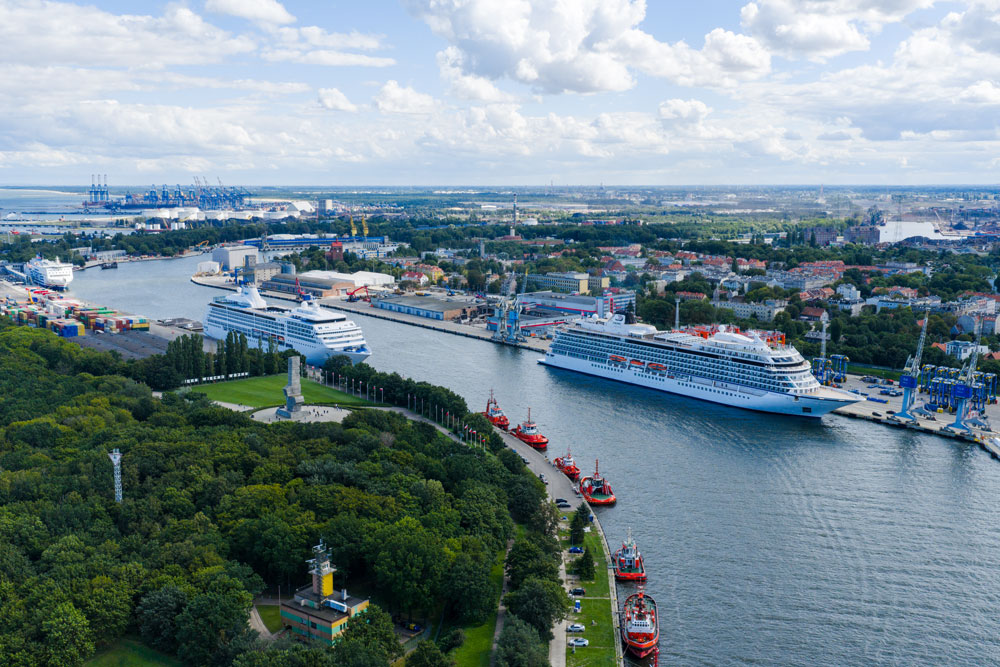A series of four emission-free and autonomous ferries, built by the Turkish shipyard Tersan for the Norwegian ferry operator Fjord1, will be powered by Schottel EcoPellers.
According to reports, the double-ended ferries will be the first of their kind worldwide. The ship design and an engineering package are being provided by HAV Design, Norway.
Each of the 120-meter-long and 18.60-meter-wide vessels will be equipped with two electrically driven Schottel EcoPellers of type SRE 340. The L-Drive variant (“embedded L-Drive”) significantly reduces the installation height of the drives, according to the manufacturer. The elimination of the upper gearbox further reduces mechanical losses. Along with the high hydrodynamic efficiency, this leads to significantly lower energy consumption, and consequently, a reduced battery capacity requirement.
Enhanced Passenger Comfort
According to Schottel, eliminating the upper gearbox offers another significant advantage: reduced vibrations and noise levels, which significantly improve passenger comfort on board. Each unit has a propeller diameter of 2,100 mm and an input power of 1,200 kW. The drives will be equipped with Schottel’s condition monitoring system, MariHub, enabling condition-based maintenance.
Built by Tersan Shipyards in Turkey
The new autonomous ferries from Fjord1 will enhance connectivity on the Lavik-Oppedal route starting in September 2026, providing passengers with a seamless travel experience. Each vessel will have a capacity for 399 passengers, including crew, and 120 cars. A land-based control center is planned to monitor the ferries and remotely operate them as needed, replacing manual functions on board with a high degree of autonomy.
The ferries will operate in the Sognefjord, approximately 60 miles north of the city of Bergen on Norway’s west coast. Beginning in September 2026, the emission-free ferries will serve the Lavik-Oppedal route. The introduction of automation functions and autonomous systems—including Autocrossing and Autodocking—is planned for 2027, with autonomous navigation being implemented in 2028.
















